While economists recently announced that the recession that has gripped the nation for months is officially over (if not in practical terms at least according to official definitions), the federal government announced that substance abuse is up for the first time in years.
The Substance Abuse and Mental Health Services Administration announced in September that in 2009 approximately 21.8 million Americans aged 12 or older were current or past month illicit drug users. That represents 8.7% of the population in that age group, up from 8.0% the previous year. By employment status 8% of full-time workers, 11.5% of part-time workers and 17% of unemployed individuals were current illicit drug users.
Is there a connection between hard times and increases in drug and alcohol abuse? Some experts say yes. “Clearly, there are people who have struggled with anxiety, depression, or substance abuse, and the economic crisis has made their problems worse,” Doug Nemecek, MD, the national medical director for CIGNA Corporation, told Social Work Today in the March/April 2009 issue. All the more reason for employers to not only continue drug testing, but also to maintain or implement random testing.
What Is Random Testing?
Random refers to the method by which employees are selected to be tested. Because random tests are unannounced employees cannot predict when or if they will be selected for a drug test. For this reason, random testing is credited with having a high deterrent effect, making it very popular for workplace drug testing. Random testing can be applied to an entire employee population (universal) or limited to certain locations or groups of employees (such as workers in safety-sensitive occupations).
The selection is typically computer generated and based on an annual frequency rate of a percentage of the pool of employees subject to random testing. For example, an employer may wish to test at a 50 percent “random frequency rate.” This means that if there are 100 employees, the company will conduct 50 random selections during the year. It does not mean that 50 different employees will be tested. Usually, all employees subject to random testing are eligible to be selected each time names are randomly selected by the computer. No one knows when their name will be selected only that it could be… hence, the deterrent effect.
9 Reasons to Consider Random Drug Testing
As more and more employers look for ways to ensure that their workplaces are drug-free, the following advantages of random testing are worth considering:
1. It’s one of the most effective methods for detecting drug users in the workplace.
2. It’s non-discriminatory… it treats everyone fairly.
3. Supervisors don’t have the burden of selecting specific employees for testing.
4. The federal government requires it as a means of establishing safer highways, airways, and in other transportation environments.
5. The U.S. military has been using it for more than 25 years.
6. A number of states allow random testing.
7. It’s cost effective and easy to manage.
8. It increases the overall effectiveness of a drug testing program thus improving an employer’s overall return on investment in drug testing.
9. Drug users dislike random testing.
Regarding that last point, in a 1990s survey of current illicit drug users who were employed full time 40% admitted they were “less likely” to work for a company that conducted random testing. Even though the survey is a little dated, the attitude of drug users toward random testing has probably not changed much, if at all.
For the reasons listed above, random drug testing can prove to be a sound investment, especially in economically challenging times. If you would like to implement a random drug testing program call Quest Diagnostics at 800-877-7484.
Written by guest contributor Bill Current.
For more information about drug testing, visit our website.
 Your Privacy Choices
|
Privacy Notices
|
Terms
|
Language Assistance / Non-Discrimination Notice | Asistencia de Idiomas / Aviso de no Discriminación | 語言協助 / 不䈚視通知
Your Privacy Choices
|
Privacy Notices
|
Terms
|
Language Assistance / Non-Discrimination Notice | Asistencia de Idiomas / Aviso de no Discriminación | 語言協助 / 不䈚視通知
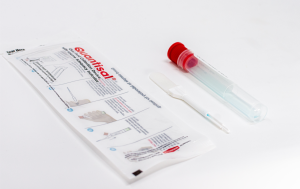
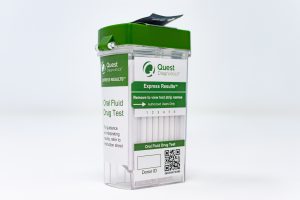
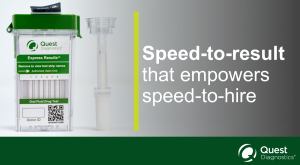
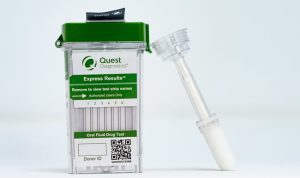


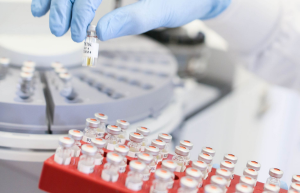

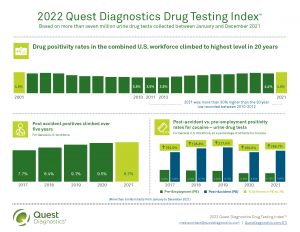










While economists recently announced that the recession that has gripped the nation for months is officially over (if not in practical terms at least according to official definitions), the federal government announced that substance abuse is up for the first time in years.
The Substance Abuse and Mental Health Services Administration announced in September that in 2009 approximately 21.8 million Americans aged 12 or older were current or past month illicit drug users. That represents 8.7% of the population in that age group, up from 8.0% the previous year. By employment status 8% of full-time workers, 11.5% of part-time workers and 17% of unemployed individuals were current illicit drug users.
Is there a connection between hard times and increases in drug and alcohol abuse? Some experts say yes. “Clearly, there are people who have struggled with anxiety, depression, or substance abuse, and the economic crisis has made their problems worse,” Doug Nemecek, MD, the national medical director for CIGNA Corporation, told Social Work Today in the March/April 2009 issue. All the more reason for employers to not only continue drug testing, but also to maintain or implement random testing.
What Is Random Testing?
Random refers to the method by which employees are selected to be tested. Because random tests are unannounced employees cannot predict when or if they will be selected for a drug test. For this reason, random testing is credited with having a high deterrent effect, making it very popular for workplace drug testing. Random testing can be applied to an entire employee population (universal) or limited to certain locations or groups of employees (such as workers in safety-sensitive occupations).
The selection is typically computer generated and based on an annual frequency rate of a percentage of the pool of employees subject to random testing. For example, an employer may wish to test at a 50 percent “random frequency rate.” This means that if there are 100 employees, the company will conduct 50 random selections during the year. It does not mean that 50 different employees will be tested. Usually, all employees subject to random testing are eligible to be selected each time names are randomly selected by the computer. No one knows when their name will be selected only that it could be… hence, the deterrent effect.
9 Reasons to Consider Random Drug Testing
As more and more employers look for ways to ensure that their workplaces are drug-free, the following advantages of random testing are worth considering:
1. It’s one of the most effective methods for detecting drug users in the workplace.
2. It’s non-discriminatory… it treats everyone fairly.
3. Supervisors don’t have the burden of selecting specific employees for testing.
4. The federal government requires it as a means of establishing safer highways, airways, and in other transportation environments.
5. The U.S. military has been using it for more than 25 years.
6. A number of states allow random testing.
7. It’s cost effective and easy to manage.
8. It increases the overall effectiveness of a drug testing program thus improving an employer’s overall return on investment in drug testing.
9. Drug users dislike random testing.
Regarding that last point, in a 1990s survey of current illicit drug users who were employed full time 40% admitted they were “less likely” to work for a company that conducted random testing. Even though the survey is a little dated, the attitude of drug users toward random testing has probably not changed much, if at all.
For the reasons listed above, random drug testing can prove to be a sound investment, especially in economically challenging times. If you would like to implement a random drug testing program call Quest Diagnostics at 800-877-7484.
Written by guest contributor Bill Current.
For more information about drug testing, visit our website.